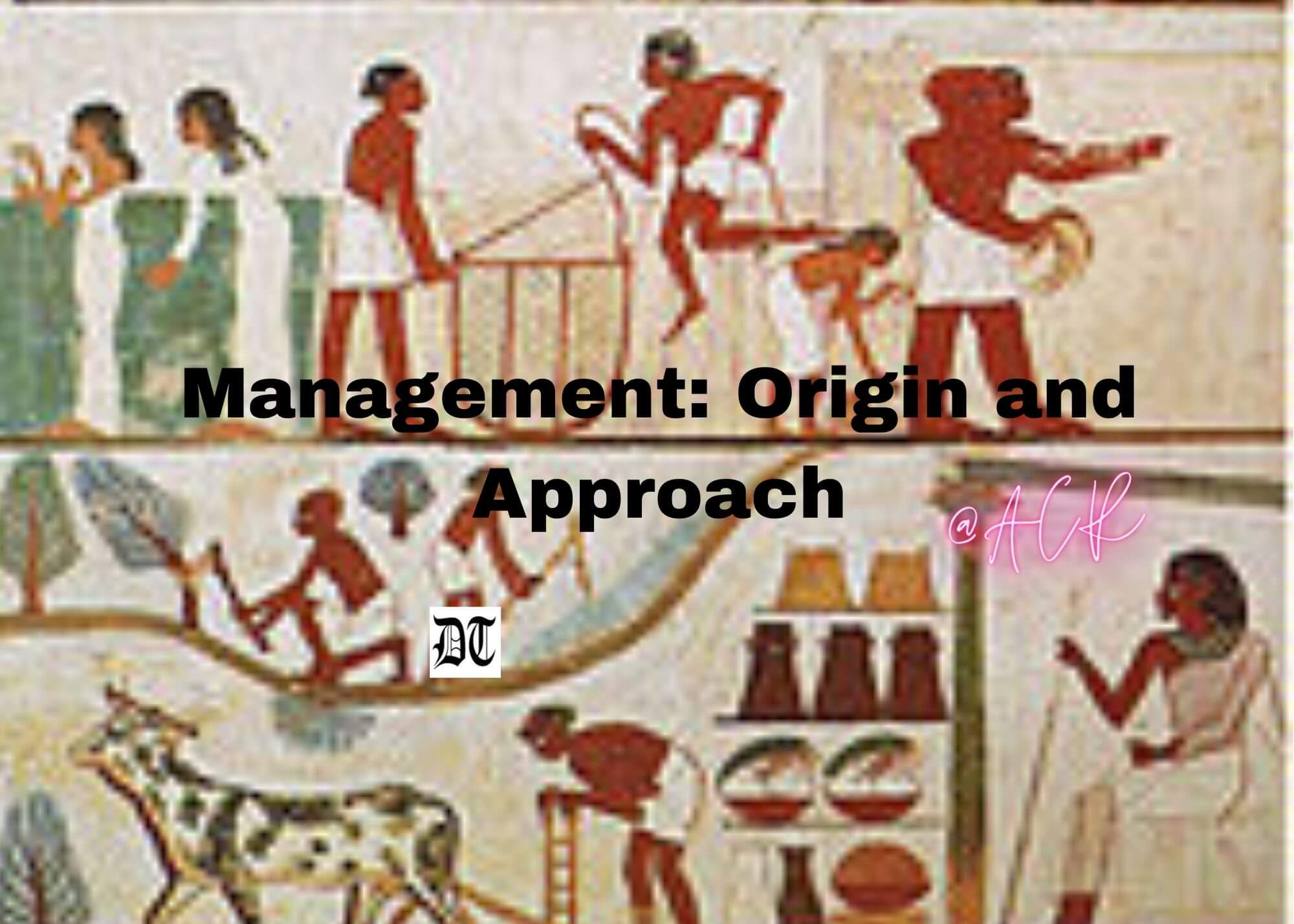Reading Time: 3 minutes
Palash outlines the origin and approach of management, tracing its antiquity to 5000 B.C. An exclusive for Different Truths.
Management might be traced back to 5000 B.C. This was the time of the agricultural revolution. In Egypt, the 7th wonders of the world, the pyramids were built in a highly organised and coordinated manner. All the workers worked in a pattern, a synchronised way so that such an uphill task was done and was completed. A legend stood in front of the world. If you take examples of Mohenjodaro, or the Roman empire’s well-formed army, the result is only indicated in one direction. Management evolved a long time back in that era and was executed well.
Industrial Revolution
In the late 18th century industrial revolution emerged. It was the transition period when machines were used with human effort. New manufacturing process started emerging. Prior to this, only small-scale industries were present to cope up the demand of the world population. Once the industrial revolution started, people started moving into an urban lifestyle. In the cities, the emergence of factories began. As a result, employment opportunities boomed.
Two major schools of thought emerged in this era.
1. Labours are perceived as a bunch of lethargic people, who do not want to work, and they need to be controlled and supervised.
2. Labour was the only factor responsible for reducing the operational cost. The main motive is to reduce cost and maximise productivity.
The major characteristics of industrial revolution are:
Specialisation: During the industrial revolution, laborers were divided in specific work departments where they were asked to do a particular allocated job. Once the job was allocated only that particular job was expected from that labourer and he became an expert in it.
Standardisation: Major focus was on the fact that identical products were produced in large quantities. This led to the same level of quality across organisations. The customers were able to get the same quality of products from all organisations.
Synchronisation: It is the process of blending of all different elements in one place. These elements are raw materials, semi-finished materials, semi-finished goods, and labour force. It was mainly done in the assembly line where all parts were assembled to produce final output.
Maximisation: Here it was the maximisation of production. The major focus was to increase the level of production by optimising capital, labour and of course time. This was the start of a new practice, which in modern day is known as mergers and acquisitions.
Centralisation: In industrialisation, all the powers of control were in the hands of top management. All policy-related decisions were taken by top management. Operational-related decisions were decentralised.

Forces Behind Management Thought Process
Political: Government rules, regulations, trade politics affect the managements’ thought process. The political pressure of the ruling government does impact the business and the management do strategise their business rules and norms accordingly. The businesses adjust themselves according to the law of the land.
Social: These forces arise from society. A business organisation runs in a society. Social norms do play a pivotal role in how the business would function. What would be the impact of that business on society is important.
Economic Forces: These forces are mainly responsible for the formation of the base market economy. Demand and supply forces, which product and service has how much impact, profitability scope, market share, etc. Every product which is available in the market that is tailored according to the need of the consumer and the availability is made accordingly.
Visuals by Different Truths
















